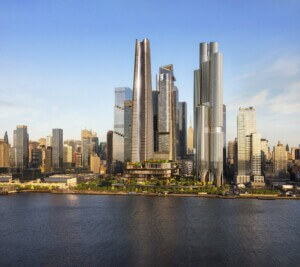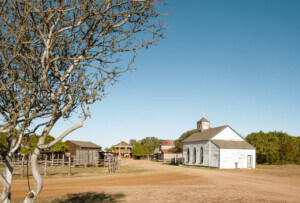For nearly every decision that a typical developer might make, Philip Kafka has done the opposite. While many pursued their MBAs at university, Kafka studied philosophy; while others actively minimize risk by investing in areas with high projected turnarounds, Kafka actively courts it, preferring to work in overlooked urban contexts. But Kafka really breaks with his métier on the matter of architectural design, which conventional developers treat as either a flabby indulgence or a branding tool.
“Being a developer without believing in architecture and its fundamental principles is like being religious without believing in God,” Kafka told AN. “It’s taking a site and considering its transformation with a simple, deft hand.”
Kafka has the passion of a convert, which makes sense: He is one. Having sold off his first business—a media enterprise—to the Lamar billboard company in 2012, he became intrigued by development and moved to Detroit (he is originally from Texas but worked for years in New York), where, given the city’s low land values, he had the space to find his footing. Focusing his ambitions on Core City, he started Prince Concepts, whose aim, he said, is rehabilitating overlooked land for the benefit of future buyers and the wider neighborhood alike.
Kafka always knew he wanted to work with architects and, acting in the mold of a creative director, seeks out the right partner for each job. Within Detroit, he has called on the talents of architects Edwin Chan and Ish Rafiuddin and landscape architect Julie Bargmann of D.I.R.T. Studio, among others. “Most developers think they are in the business of picking colors, materials, and other minutiae,” Kafka said. “I am in the business of making space.”
And business appears to be good: Prince Concepts has developed over 62,000 square feet of property, the bulk of it vacant, former industrial sites. Capitalizing on his success in the Motor City, Kafka has begun adapting his unique development model to other parts of the country, including North Central Texas, where he has engaged Marlon Blackwell Architects on a mixed-use project. But Kafka is careful not to expand too quickly, lest priorities get lost. “We invest in a market instead of creating one,” he said. “We always want to create a good return while also bettering communities.”
Core City Park, Detroit, 2019
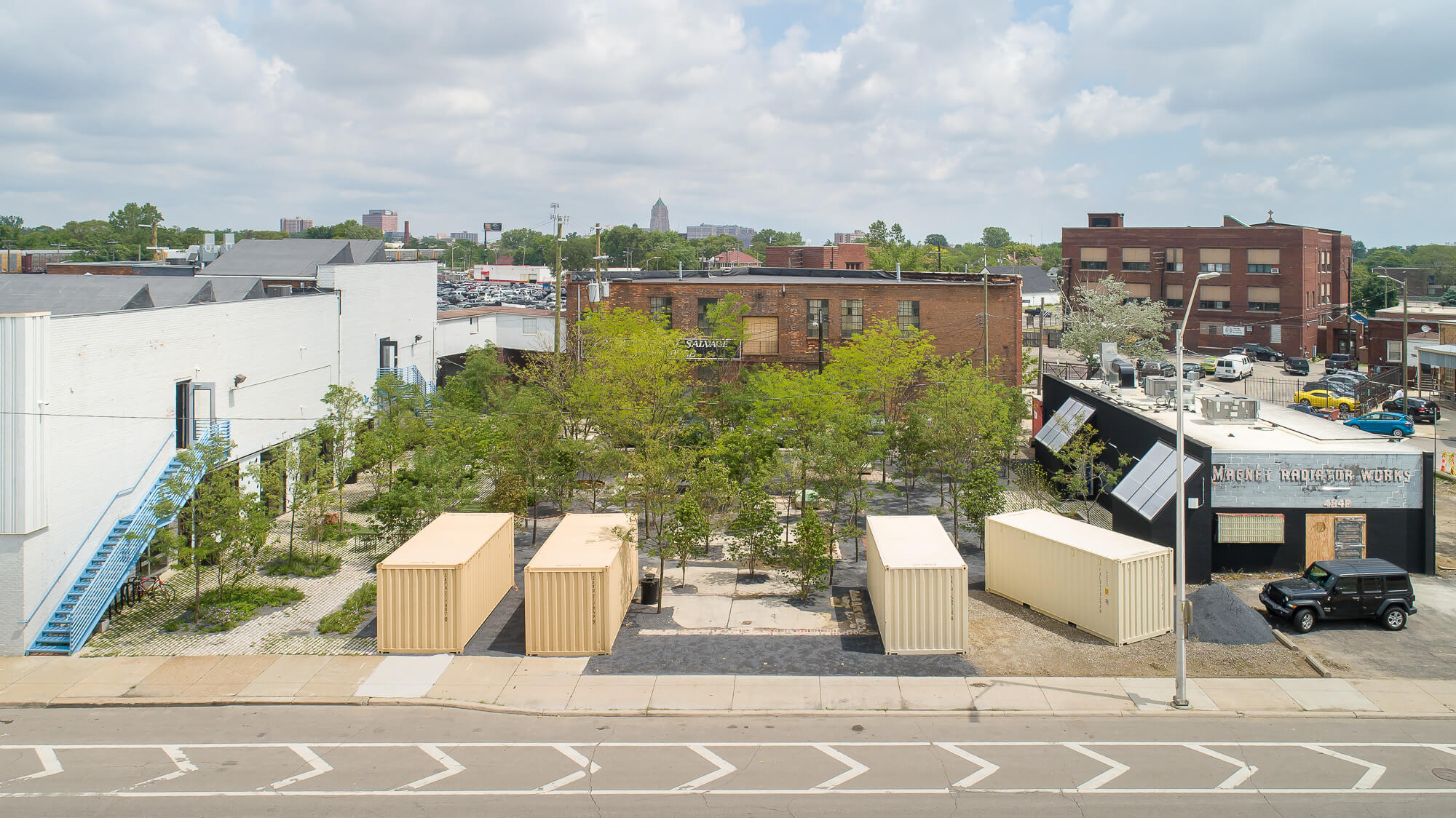
Designed by landscape architecture firm D.I.R.T Studio, Core City Park transforms a one-time parking lot into a compact “urban woodland” comprising nearly 100 trees and several repurposed elements found within the neighborhood. Its benches, for instance, were sculpted from the concrete walls of a former bank vault in the adjacent Pie Building (another Prince Concepts project), while the remnants of a 19th-century firehouse that once stood on the site form the “islands” on which those benches were placed.
The Caterpillar, Detroit, 2021
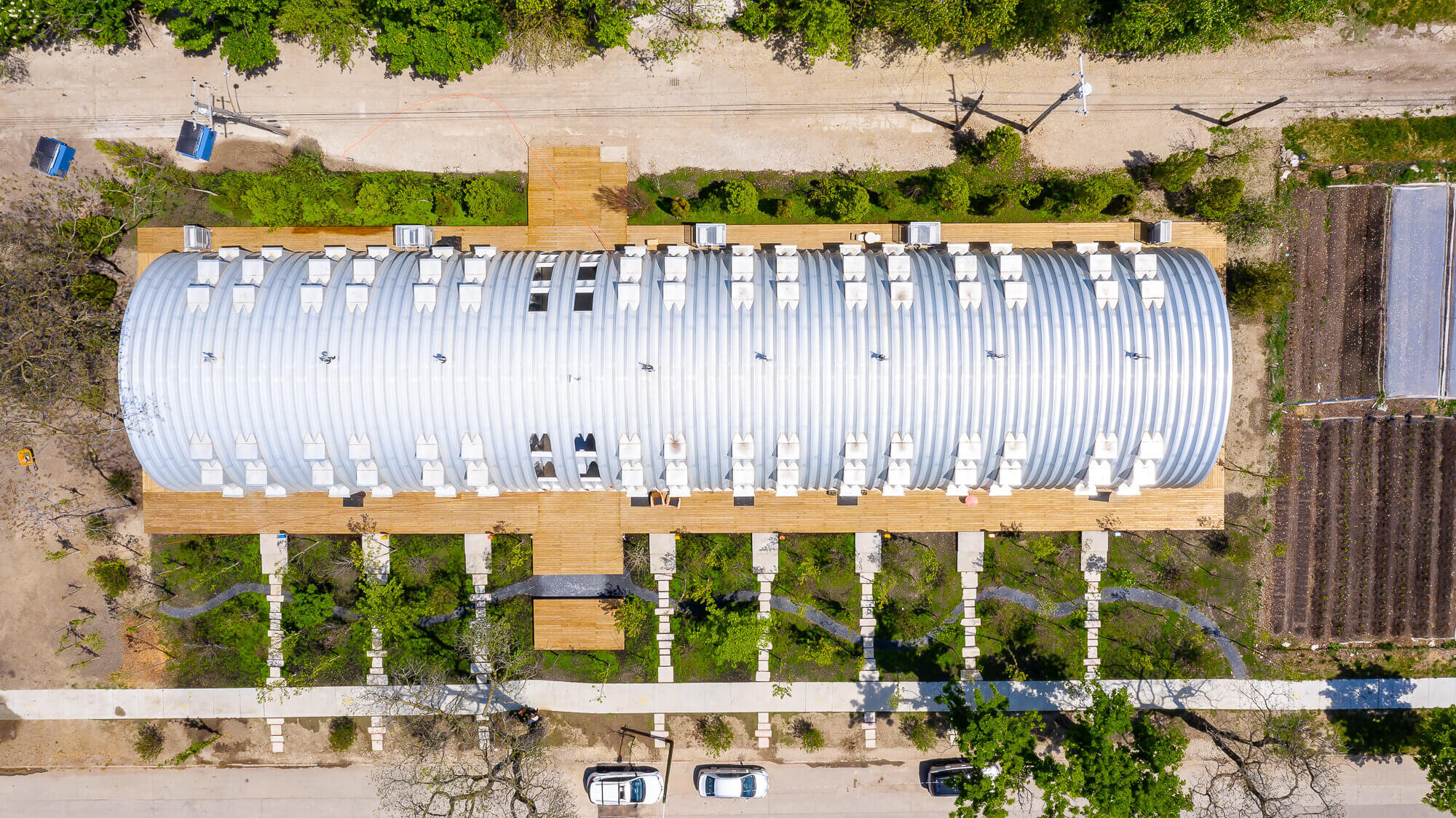
Completed in March with Ish Rafiuddin acting as design architect, the Caterpillar residential development is notable for its use of the Quonset hut, originally conceived in 1941 for the American war effort. For Kafka, the Quonset hut, with its characteristic semi-cylindrical cross-section, is a kind of architectural readymade—“a tool”— and its first appearance in the Prince Concepts portfolio dates back to 2016.
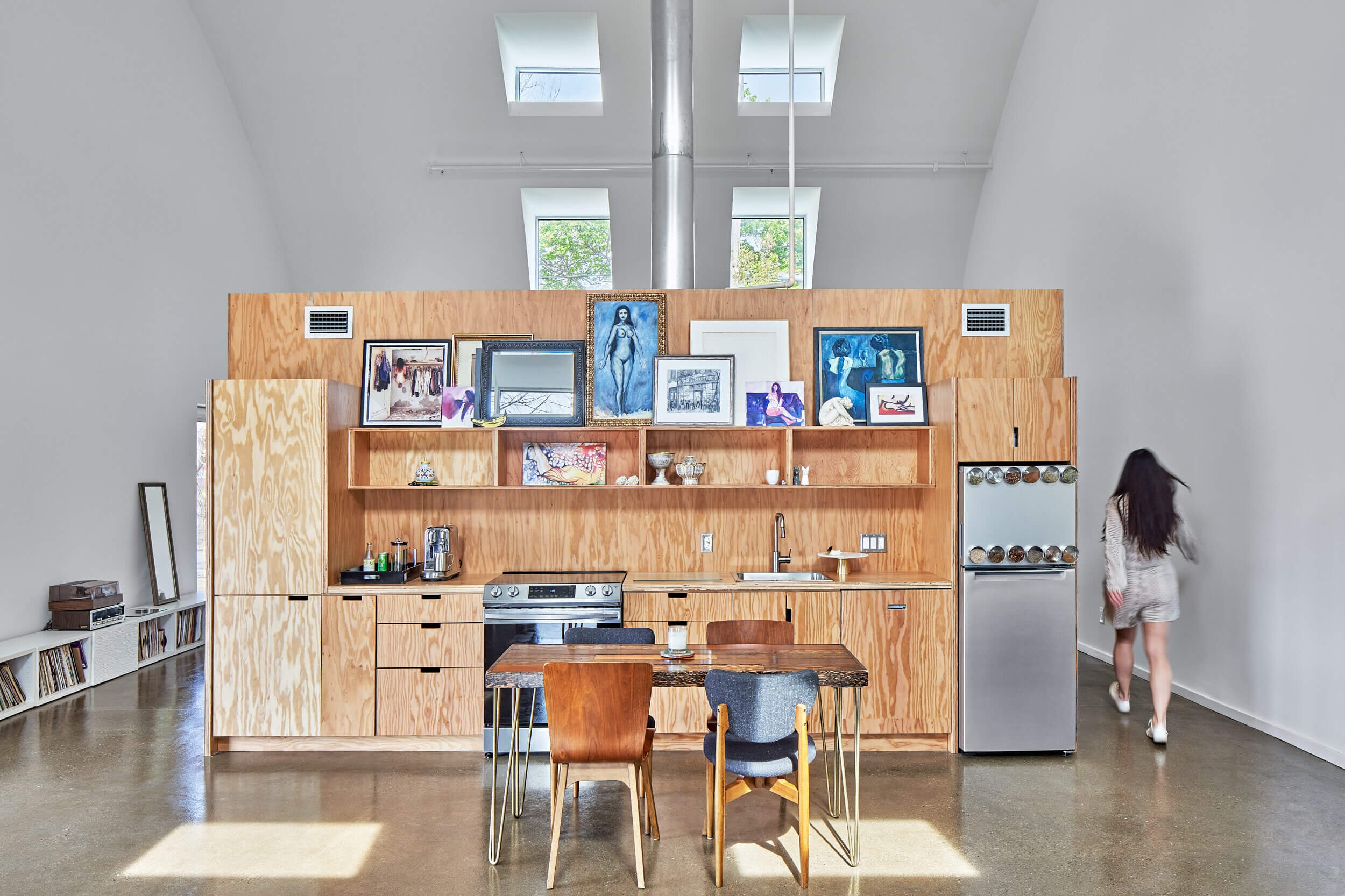
But with the Caterpillar, Rafiuddin and architect of record Studio Detroit introduced significant refinements to the model, such as skylights and intriguing sectional cuts. Though the structure (which holds six residences and two live/work spaces) is visually unlike anything in its vicinity, Kafka explains that it’s “contextualized by street-facing porches, a common residential feature throughout Detroit, and over 150 trees that will gradually transform the site into a shaded park”—all designed by D.I.R.T. Studio.
PS1200, Fort Worth, Texas, 2022
Prince Concepts’s trademark Quonset huts will soon make their debut in Fort Worth, Texas. Kafka collaborated with the Fayetteville, Arkansas–based firm Marlon Blackwell Architects on the mixed-use PS1200 development, where the huts have been extruded upward, granting each residential unit 20-foot-high ceilings and expansive park views. A series of offices and retail spaces form a buffer between the homes and a vehicular road, but Kafka calls attention to a new public park designed, of course, by D.I.R.T. Studio. “We deliberately underdeveloped the site,” he said, “in order to make public space for the Fort Worth community to live, work, and enjoy the outdoors.”









